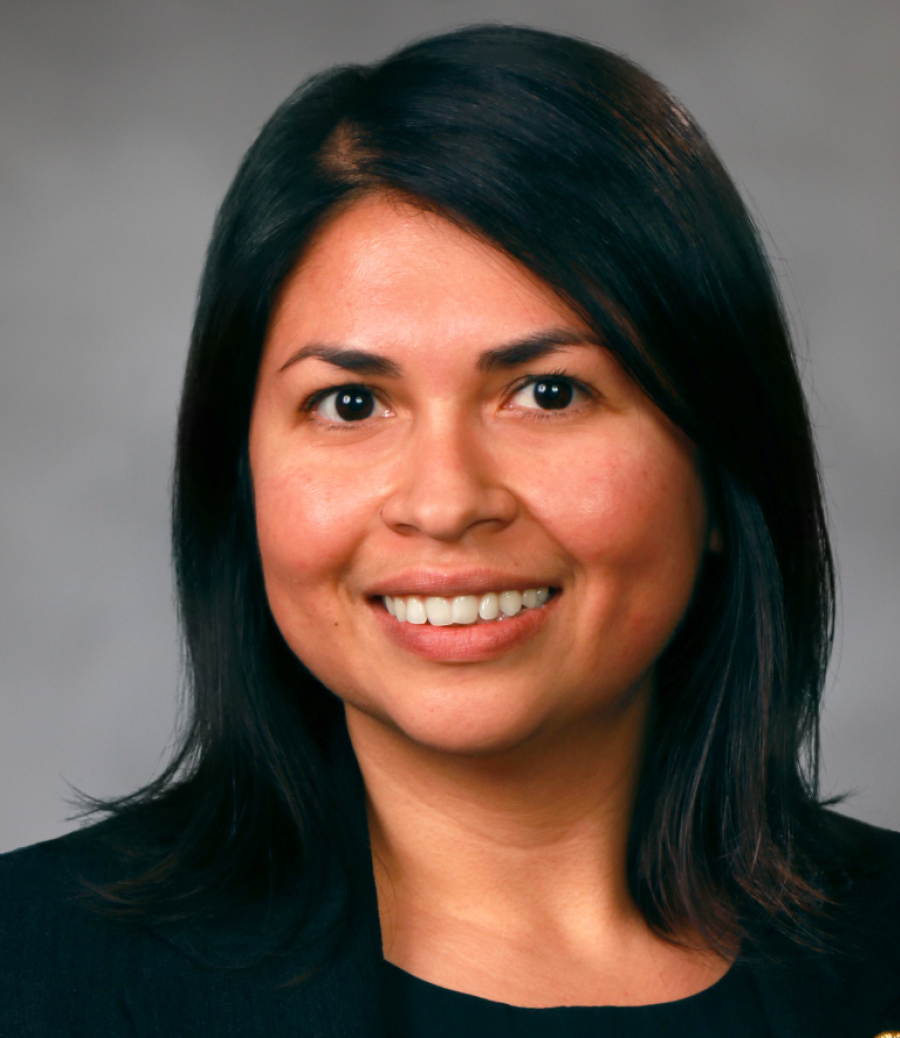
During my time as deputy chancellor, students across all groups and regions of California have seen improved outcomes. The number of students earning a college credential increased by 27 percent and the number of students earning transfer preparation associate degrees more than doubled. I am excited to continue our work to develop clear pathways for students, increase certificate and degree attainment, continue to improve transfer rates and, most importantly for our state’s economy, remain laser focused on closing equity gaps. To succeed, we will continue to put students first. This means that at the core of our design and decision-making are our students.

But the truth is that the problem is more complex and requires all of us working together. This is our time to make those much-needed changes and this includes working together to transform financial aid structures to be inclusive. I believe that together we can make the dreams of our students and clear pathways, a reality. In addition to this, K-12 districts and stakeholders can join us to scale up dual enrollment. Dual enrollment allows more high school students to get a head start on their higher education goals. Also referred to as concurrent enrollment or a part of early college, dual enrollment enables high school students to take college courses, taught by college professors, at their high school campus. These courses can also count toward a high school diploma. The 2022–23 Budget Act removed the cap on the number of community college districts that could offer these programs, and now is the time to expand this program and build clear pathways for California’s students.

At age 13, I was told by county staff that there were only three options for me in life: to end up dead, pregnant or in prison by the age of 16. It makes me sad to say that the data has not changed for foster youth in our state. Less than 4 percent of foster youth earn a baccalaureate degree. And that is why I truly believe that earning an education saved my life.
Because of this, one of my first jobs was as a third-grade dual-immersion teacher and since then, I have dedicated my career to education policy and finance. This experience informs my commitment and alignment to our system’s Vision for Success. And at the center of this work, my job is to nurture a system transformation to become student-ready institutions.
I approach my work by grounding it in a lesson I learned from my childhood. The violence and poverty all around me was countered with positive experiences with teachers, bus drivers, faculty and judges, who served me with dignity and respect. The teachers and mentors I had taught me to turn pain into courage and strength. And they did that by showing me what was possible through the literature they assigned and recommended, the events and speakers they hosted, the resources they connected me to and by teaching me to help others. This was their way of helping me become resilient and it worked because I felt empowered.
Now, as the chancellor for the largest system of public higher education, I seek to empower students by centering their voices in the educational design of our institutions. This means that we are growing and nurturing educational leaders to have a growth mindset, which means that educators fundamentally believe that every student can succeed!
And two, the hand-off from high school to community colleges is critical. Ensuring that our high school teachers and counselors are aware of state and federal resources that support this student population is critical. Programs like the federal Chaffee Grant and the California Community Colleges NextUp program were critical in my journey. For example, NextUp offers eligible current and former foster youth supports and services that could include help with books and supplies, transportation, tutoring, food and emergency housing. A dedicated counselor is also available to help students along the way. We have more information at https://nextup.cccco.edu/.
We are leading national conversations about the integration of diversity, equity and inclusion and anti-racism within Guided Pathways as well as strategies for addressing basic needs for students, including financial aid reform. Our goals are clear — we will design and lead anti-racist institutions because the students we serve deserve safe learning environments. And how we get there is through the cultural transformation of our institutions. This includes continuing to address financial aid equity in our state and presenting a new model to lead in anti-racism curriculum and core competencies for all educators in our state. Most recently, the Board of Governors adopted system regulations to require DEIA in evaluations and tenure, which requires our districts and colleges to support our educators through professional development and tools they need to educate the most diverse student population in this country.
Our work will continue, and we will evaluate and continue to challenge ourselves. That is the most important thing we can do as educational leaders. We can never stop learning and improving what we do.
Resources:
“Diversity, Equity, Inclusion, and Accessibility,” California Community Colleges: bit.ly/3cwLQFT